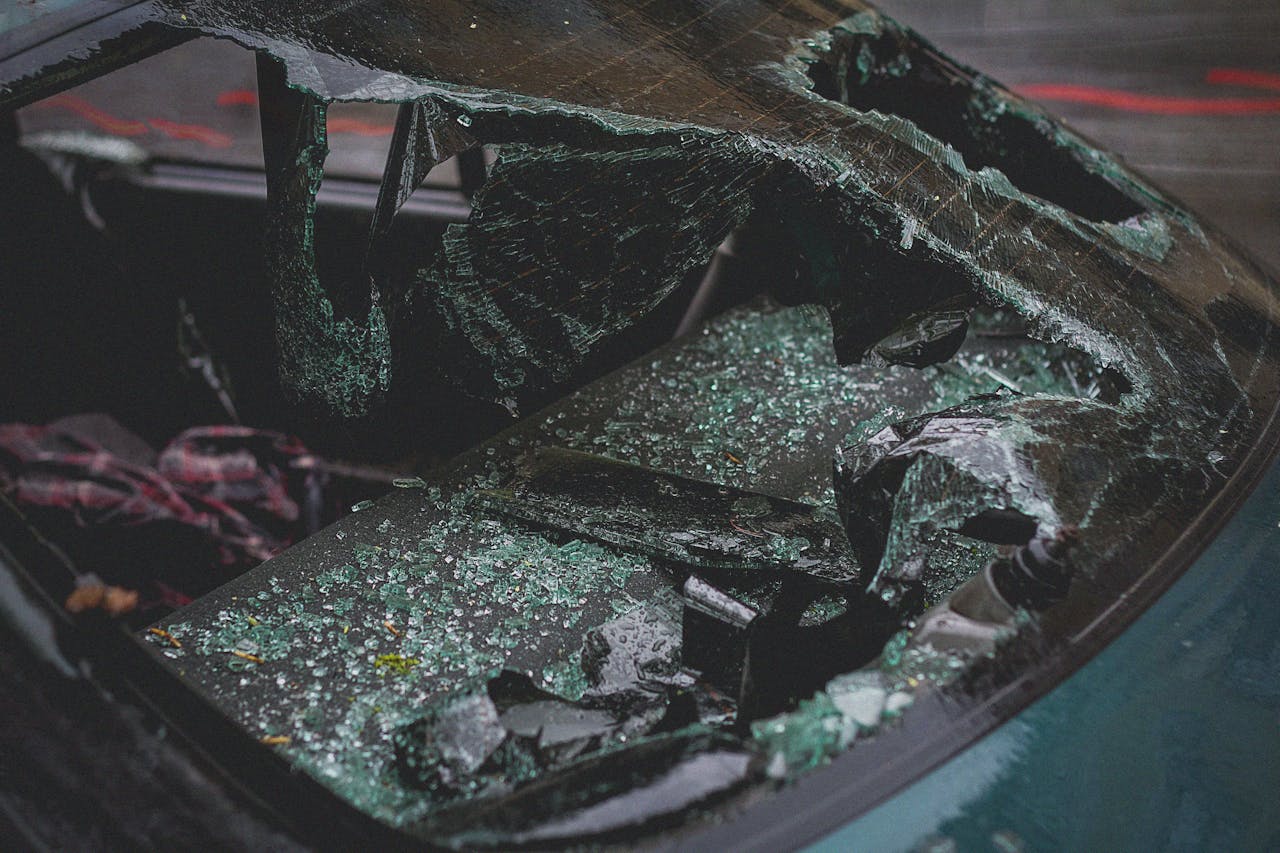

You’re back! I’ve seen this article posted a couple different places (not by me), and you keep finding it! And posting an image of one of the many data tables from the same study.
So, after seeing it a couple times, I do have a couple of ideas about it:
- You should also include a screen grab of the page of the report that specifies the 27 deaths due to the notoriously fatal design flaw in the Pinto that is included in my article.
- If you read my article, I’m specifically comparing the fire death rate due to the notoriously fatal design flaw. It’s specified in plain English in the methodology section. If you don’t like the clearly stated methodology, re-run the study with a methodology you do like, IDGAF.
- The reason for that methodology: 100% of the Cybertruck fires involved ONLY the Cybertruck. Which is weird, single car fire accidents are not common. The Ford Pintos, I could only verify that SOME of the fires were caused ONLY by the Ford Pinto. I wanted an apples-to-apples comparison as best as I could make it. If you don’t like any aspect of this, like the vehicle totals or whatever, you can always re-run the numbers like I told you to in the original article.
People often ask about me including the Las Vegas case, so maybe I answer that concern, too. That’s the methodology - I set out to count every fire death for the Cybertruck that I could confirm through reliable news sources. And I struggled with that one. I worried if I didn’t include it, I’d be open to the opposite criticism - folks would say “wait these stats suck, I literally saw a guy die on the news in a flaming Cybertruck, and y’all didn’t count it, so these numbers can’t be right.” So, sort of a damned-if-you-do, damned-if-you-don’t situation. It was controversial, I knew it would be, so I flagged it in the article so folks could make their own decision about it. Ultimately, it didn’t meaningfully change the final findings. I’ve run the numbers with and without it, and the story is fundamentally the same either way.
Like, I’m a comedian who tells pickup truck jokes most the time. I’ve linked in the original article to a very credible scientist who re-ran my numbers more rigorously and they came to the same conclusions, with the added benefit of confirming the sample sizes were statistically significant. Take their word for it, not mine. Or hell, run the numbers yourself, you got all the same sources I do.




I’m just copy pasting from above, but here’s my thoughts on that:
“People often ask about me including the Las Vegas case, so maybe I answer that concern, too. That’s the methodology - I set out to count every fire death for the Cybertruck that I could confirm through reliable news sources. And I struggled with that one. I worried if I didn’t include it, I’d be open to the opposite criticism - folks would say “wait these stats suck, I literally saw a guy die on the news in a flaming Cybertruck, and y’all didn’t count it, so these numbers can’t be right.” So, sort of a damned-if-you-do, damned-if-you-don’t situation. It was controversial, I knew it would be, so I flagged it in the article so folks could make their own decision about it. Ultimately, it didn’t meaningfully change the final findings. I’ve run the numbers with and without it, and the story is fundamentally the same either way.”